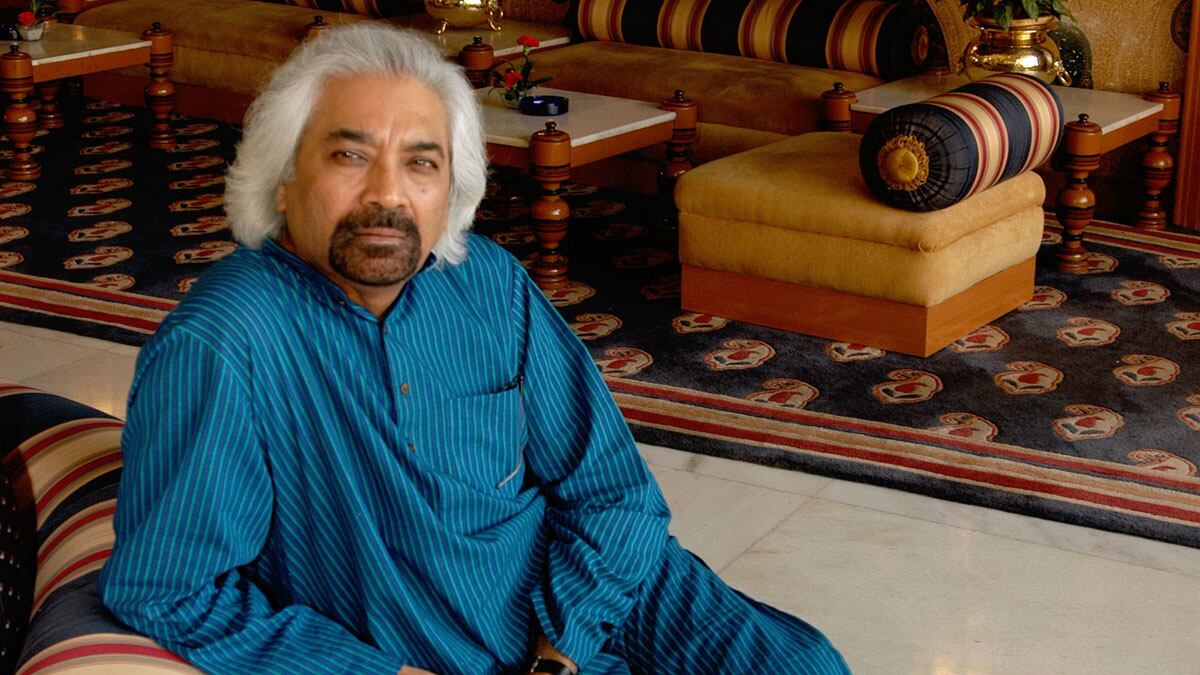Like many Indians, Sam Pitroda, the well-known technological innovator and adviser to the Indian Prime Minister on Public Information Infrastructure and Innovations, took this past Monday’s and Tuesday’s catastrophic power failures in stride. “I was in Delhi. It was nothing earth-shaking,” he told The Daily Beast in an exclusive telephone interview. “We are used to power failures.” He points out that he has been caught in plenty of blackouts in Chicago, where he lives and where his technology company is based, as well as in New York City. “When I’m in Chicago we have such failures, sometimes for hours, sometimes for 10 minutes. Power failures are a way of life everywhere.”
Not that he wants to minimize the massive and sweeping nature of this past week’s electricity blackout that stranded millions of commuters in trains, thousands of office workers in elevators, caused monumental traffic snarls, and even idled electric crematoriums. He readily admits that what stunned him was the length and geographical sweep of the power cuts on two consecutive days. “We were all surprised by the extent and scale of it,” says the 70-year-old entrepreneur. “Mainly because overload is not a big issue. There is always a (power) overload here.”
Indeed, no one was expecting it. For one thing, the punishingly hot summer had suddenly experienced a bit of a cool spell. For another, a sophisticated fail-safe breaker system was in place that was designed to cut power temporarily in certain sectors of the electrical grid in order to prevent a catastrophic meltdown of the system, which is what happened. “On that day (Monday) the temperature was low,” he says. “It had rained so no one was quite concerned about overload. But it happened.”
He’s reluctant to fix the blame on anyone. “It’s too early,” he says. “The idea is not to point a finger at anybody. The idea is to find out what happened so [the problem] can be cured and be avoided from happening again.”
Nevertheless, to many frustrated Indians it seems certain that a similar blackout will happen again, perhaps soon. Pitroda disagrees. “I’m not saying it will happen again on this scale,” he says. “Power failures are a way of life in modern society. We don’t like it. We want to minimize it—we would like (the power) to come back quickly. We would not want to disturb people’s lives who get stuck in trains and in elevators…That’s painful. But if you’re at home and comfortable and power goes off for an hour or so, you can deal with it.”
“I was in New York during the power failure (of 2003) for eight hours,” he recalls. “A friend of mine was stuck in an elevator for eight hours.” While that experience may be something to remember, this latest blackout was something else. It lasted for several hours over two days and affected some 670 million people living across a stretch of some 2,000 miles of northern India.

Even an infrastructure expert like Pitroda is baffled by the failure’s mysterious causes. “We don’t know the reason,” he says. “I think we will only be able to tell (the exact cause) after a thorough investigation, which is in the works. It will take some time before we know the real facts, but until then it’s all guess work.”
Pitroda says the raging debate that has been kicked off by the obvious shortcomings of the country’s inadequate electrical generation, distribution, and grid system is important. But he warns that the country shouldn’t lose focus on the most important aspect of the crisis: pinpointing the cause of this past week’s meltdown. “I don’t think this has to do with new supplies (of power), privatization, or expansion,” he says. “All of those issues are important, but we should not confuse those with this failure.”
Quickly finding the cause of the breakdown is paramount, he believes. “This failure has to be seen in isolation,” he says. “There was a fail-safe system in place, which was working, but then it failed to this extent…Now we can talk about the fact that we don’t have enough coal, we haven’t privatized, we have inefficiencies, and we have leakages. But we should be clear that at this point in time the real challenge is to find out exactly what happened and where it started so we’ll know how to fix it in order to avoid a repeat in the future.”
Still, he readily admits that the country’s chronic power shortages that force many business, industries, hospitals, airports, and homes to rely on expensive, polluting, and inefficient backup generators are arguably the biggest obstacle stifling India’s otherwise healthy economic growth. “Of course we need more power to continue our rapid pace of economic growth and development,” he says. “We definitely need more capacity because power is directly connected to growth and without more power we can’t grow faster.”
But first he says the priority has to be figuring out what went so badly wrong earlier this past week and to fix it before perhaps an even worse collapse paralyses the country once again. Meanwhile, most Indians seem to be expecting, and bracing themselves for, the inevitable: the next big one.






